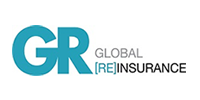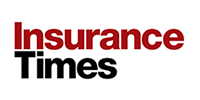The FCA and PRA will cost 24% more than their predecessor
The twin-peak regulatory framework of the FCA and the PRA is expected to cost £664m over 2013-2014, according to the National Audit Office (NAO).
This is an increase of almost a quarter (24%) on the running costs of the FSA over 2012-2013.
The NAO attributed this increase to the change in approach to regulation since the introduction of the FCA and PRA, including the need for additional front-line staff, as well as increased IT costs and the cost of running two regulators instead of one.
The NAO said this change in approach has, however, started to yield benefits.
The regulators aim to achieve more judgement-based, forward-looking regulation and supervisors told the NAO that the change in approach to regulation has encouraged earlier and more decisive regulatory intervention.
But this new approach also brings challenges.
Staffing resources are an issue for both the FCA and the PRA, as “the range and depth of skills required by the regulators has increased as their remits have expanded”, but staff turnover remains high.
Annualised staff turnover was 9.7% at the FCA and 11.7% at the PRA. Furthermore, 26% of all resignations at the PRA in 2013 have been classified as ‘high-performers’ and 34% of FCA staff had less than two years experience as at October 2013.
The NAO said that it was concerned that this could lead to industry confidence being undermined and that knowledge could be lost from within the two regulators.
NAO head Amyas Morse said: “These are still early days for the new regulators, and there are encouraging signs that their new approaches are gaining traction. Attracting and retaining the right staff is vital to keeping this progress on track, and so both regulators need to tackle this issue.
“We will expect the FCA and PRA to demonstrate that their increased costs are achieving value for consumers and the taxpayer.”
Hosted by comedian and actor Tom Allen, 34 Gold, 23 Silver and 22 Bronze awards were handed out across an amazing 34 categories recognising brilliance and innovation right across the breadth of UK general insurance.














































No comments yet